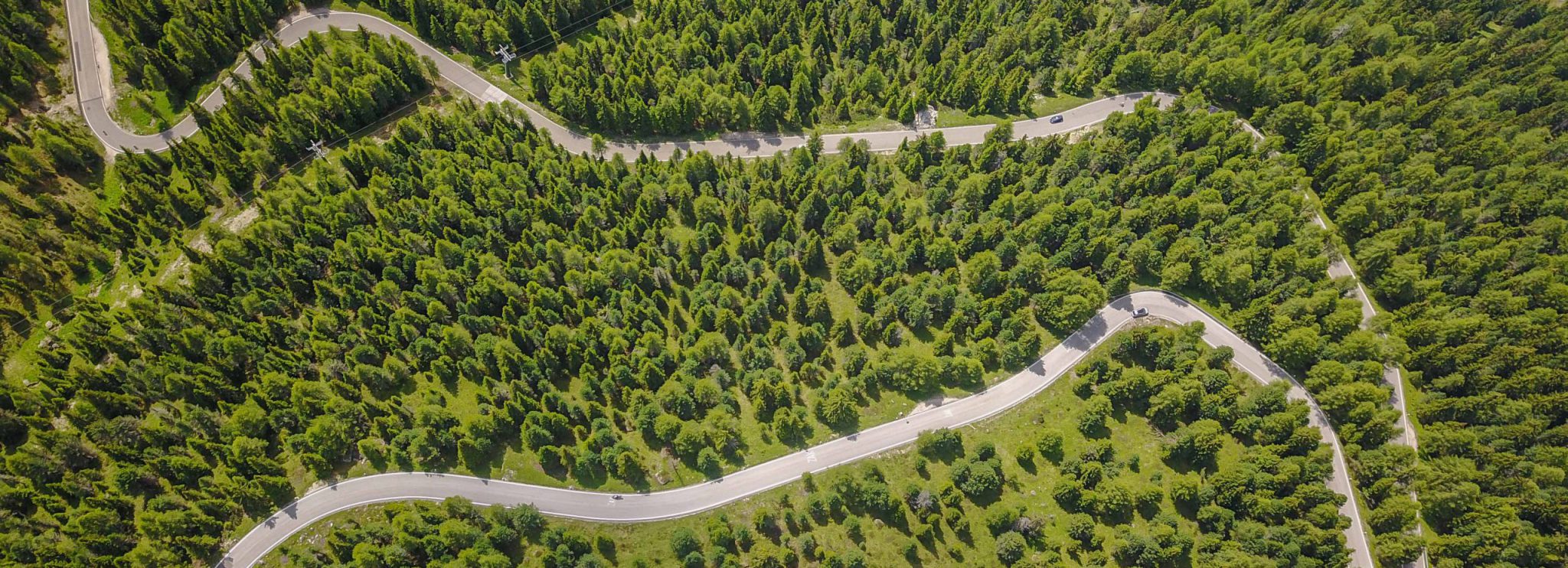Summit of Mont Ventoux, France
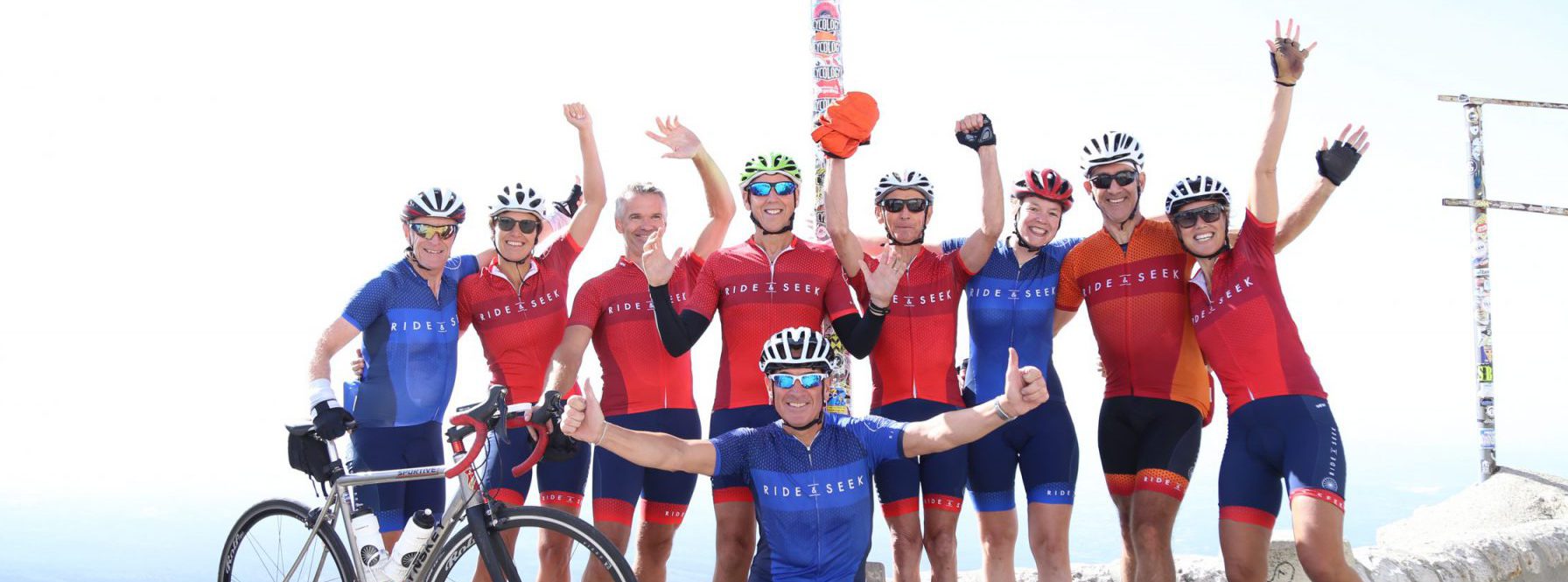
Nothing beats that feeling of summiting a long-awaited iconic climb on your bike. All that training and miles in the saddle for a sublime moment of achievement in a faraway corner of the globe. And then, of course, there is the descent after.
For Our team, one of the best parts of our jobs is seeing our guests climb bucket-list mountains and passes. It can be emotional, as people push themselves to their physical and mental limits but ticking off any of these climbs can feel pretty great. Here we round up some of our absolute best epic cycle tour climbs according to our well-travelled team.
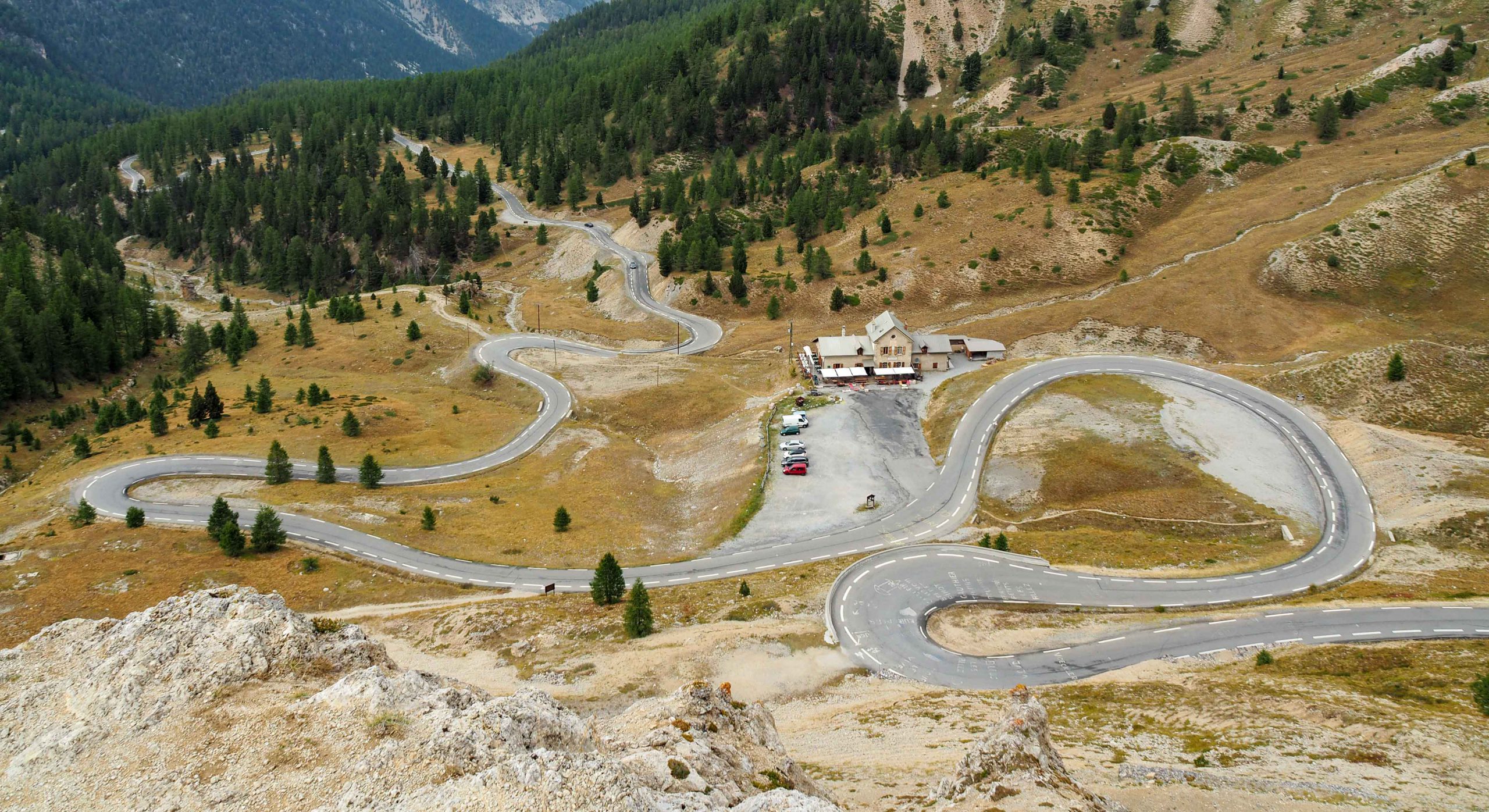
1.Col De l’Izoard, French Alps (Hannibal Tour – Stage 1)
I have many favourite climbs but one of the best for me has to be Col d’Izoard in the French Alps. It’s a climb that I know well, I’ve ridden it many times from both sides and in some outrageous weather. At a height of 2360 metres and right up there in amongst ski resorts, it usually has snow on the top few kilometres right up until the beginning of June each year. Then it’s only completely clear of snow until October.
One memory that stands out for me was the time that I rode the 19km route from Briancon towards the end of May a few years ago with a friend. When we got to within 3km from the summit, we hit snow and what can only be described as appalling conditions. We should have turned back but being so close and coupled with the fact that my friend hadn’t summited before, we made the decision to push on. Conditions on those last couple of kilometres were some of the worst that I’ve ever ridden in. We couldn’t even stand up straight on the top at the famous monument, and we were so cold it was unbelievable. Of course, the conditions eased after that first 3km and once warmed up I continued down to Briancon with an ever-increasing smile. I love this mountain so much, I have learned not only to enjoy her but to respect her as well. Richie Mitchell
Climb Statistics (from Briancon): 19.5km, Elevation gained 1145m, Average gradient 5.8%, Maximum gradient 9%
2. Mortirolo, the Italian Dolomites (Caesar Tour – Stage 2)
The Mortirolo is a high pass in the Italian Alps, unrelenting in its punishing gradient. Featuring heavily in the Giro d’Italia, it is a favourite climb among guests who enjoy testing their limits. Whilst climbing the pass, at bend 11 you can check out the Pantani monument. This monument is here as it marks the point in the 1994 Giro when the world really began to take notice of him. With 32 turns and an average gradient of 11.3%, it is a true mental and physical test. Much of the climb is forest-lined which is beautiful but gives you little opportunity to see how far you have climbed. It is a beast of a climb but a great one to add to your bucket list. Chris Small
Climbing statistics from Mazzo: 11km, Average gradient 11.3%, Maximum gradient 20% Elevation gain 1300m

3. The Giant of Provence -Mont Ventoux (Hannibal Tour – Stage 1)
Setting off on a hot Provencal day, Richie and I rode the Gorges de la Nesque to Sault and then up Mount Ventoux. The ascent from Sault is lesser known than the famous Bedoin and Maleucene ascents, however, it is still a beautiful climb. Starting at a higher elevation, it is longer with a lesser gradient than the other routes but the final 6km are joined with the Bedoin route to make it a tough finish. I would recommend it to anyone who is apprehensive about taking on the Bedoin or Malaucene routes but would like to give Ventoux a go! We love this climb as it is on the doorstep of our European HQ and is always a welcome sight when we are working in Provence. Colette Southworth
Climb statistics from Sault: 25.7km, 1152 elevation, Average gradient 4.5%, Maximum gradient 11%.
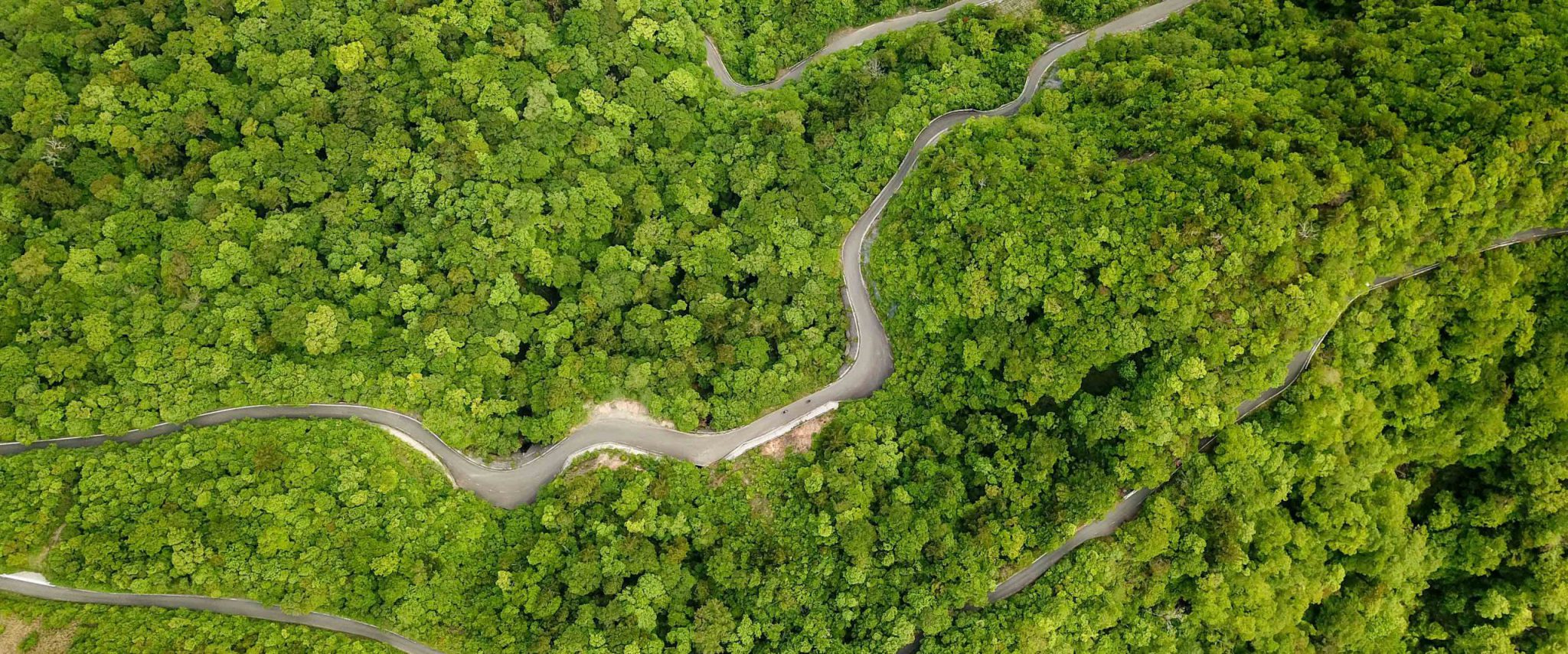
4. Mount Ishizuchi, Shikoku Island (Samurai Tour – Stage 2)
On the Samurai Shikoku tour, we were all looking forward to cycling Mount Ishizuchi. The photographs looked stunning and I had been assured there was a superb hot noodle restaurant at the summit. The weather started closing in on the climb with fog and drizzle making it a little demotivating. However, onward we went willing each other up the largest peak in Western Japan. At the summit, we were greeted with fog clouds and bundled into the restaurant for steaming hot noodles. Just what we needed after our soggy climb. As we set off on the descent, all the climbing made sense as the fog dissipated and we were greeted with panoramic vistas of autumnal Japanese forests. Meg Reynolds
Climb statistics: 11.5km, 780m climbing, Average gradient 5.9%
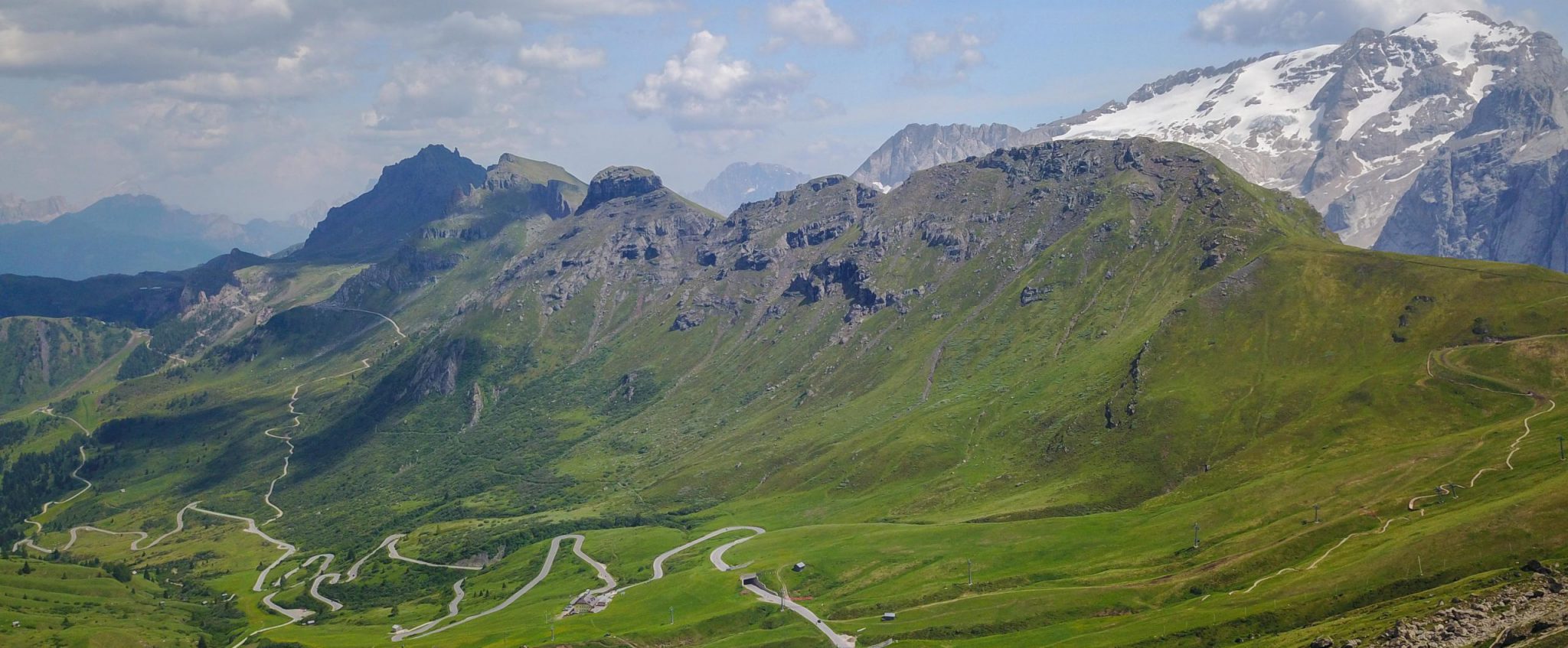
5. Sella Ronda, Italian Dolomites (Caesar Tour – Stage 2)
For 2020, we managed to coincide our Caesar tour with the Sella Ronda bike day. This fantastic day gives cyclists the opportunity to cycle these magnificent passes without and vehicles on the road. What could be better, magnificent views, fantastic coffee and Italian food to refuel on. For me, this is one of my all-time favourite Italian passes, having ridden it twice. I love this ride! Jess Shull
Route statistics clockwise: Approx 58km, Elevation 1845m, include 4 passes: Campolongo, Pordoi, Sella and Gardena.
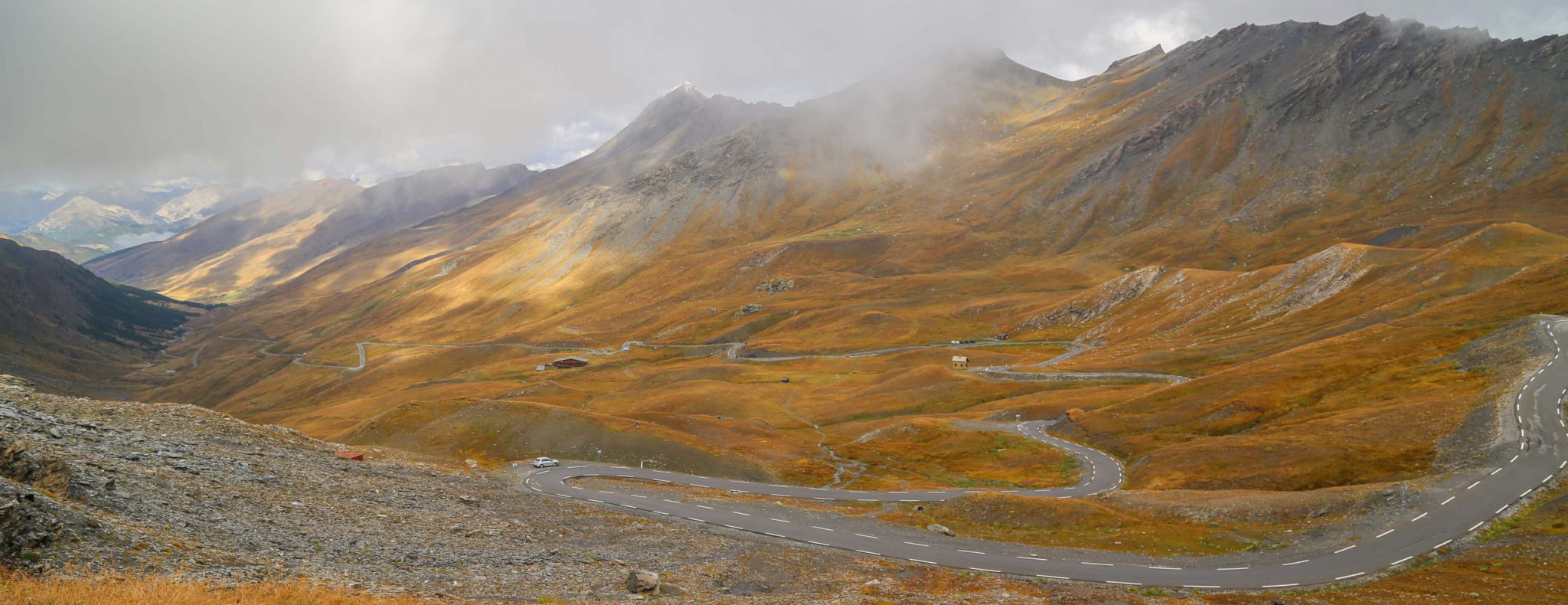
6. Col Agnel, French Alps (Hannibal Tour – Stage 1)
At 2744 m, Col Agnel is the third highest pass in the French Alps at 2744m. Only Col de l’Iseran and the Stelvio are higher. The first part of the climb is moderately steep at 6-8%, with a relatively easier middle section, before ramping up to 8-9% for the final 7km. It’s a tough climb, and the weather can be very variable, but at the summit you are rewarded with sweeping views of the Alps and an incredible view back into France, as well as the hairpin bends down into Italy, which form the beginning of one of Europe’s longest descents – 50 kilometres! Ben Kane
Climb Statistics (French side): 20.8km, elevation 1365m, Average gradient 6.6%, Maximum gradient 8-9%.
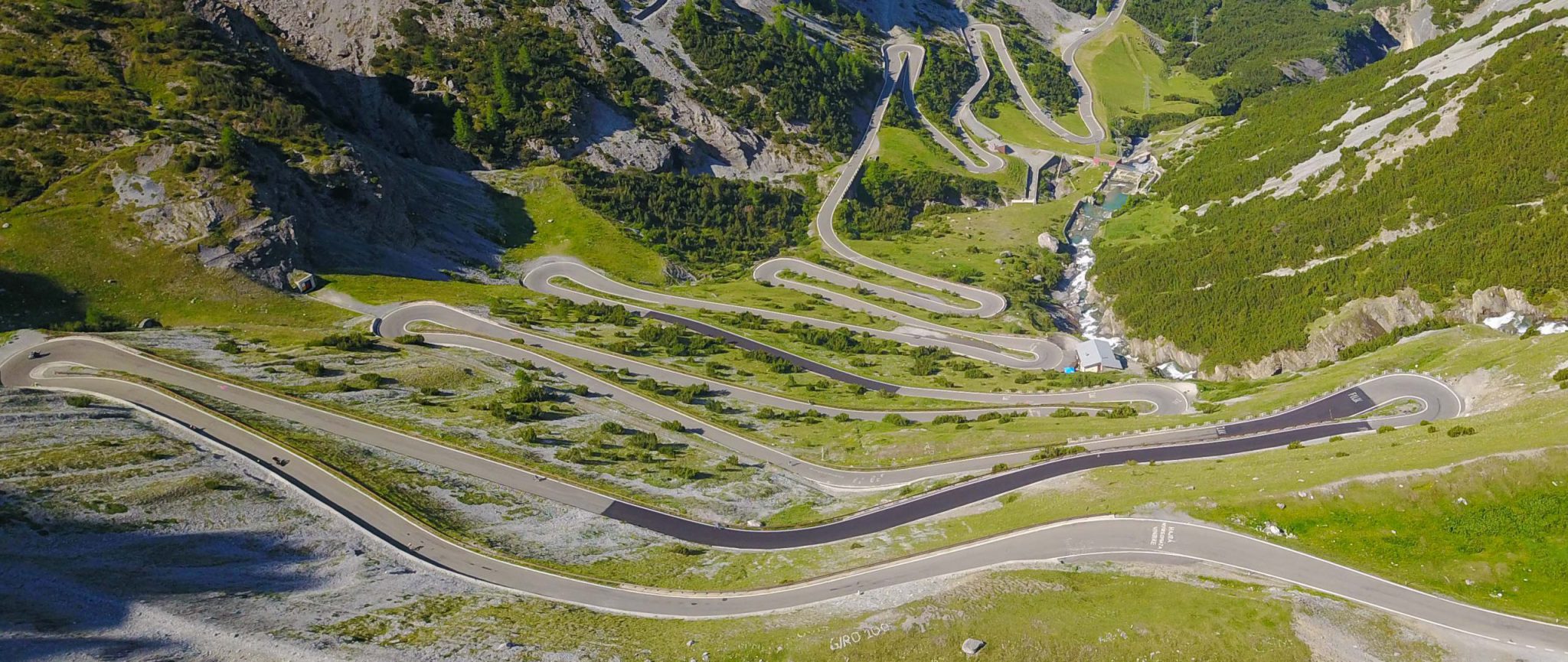
7. Stelvio Pass, Italian Alps (Caesar Tour – Stage 2)
One of the most iconic climbs of Europe, the Stelvio is an incredible cycling experience. With 48 hairpin bends it can feel like you are climbing endlessly. On our 2019 Caesar custom tour, parts of the pass were still closed due to a particularly cold winter season leaving a 20ft snow wall blocking our planned descent. Undeterred, we managed to put together an alternative route for our guests which still enabled them to get up the Stelvio with the unexpected bonus of dropping into Switzerland before looping back to the original route. Marten Fekkes
Climb statistics: 21km, elevation 1558m, average gradient 7%
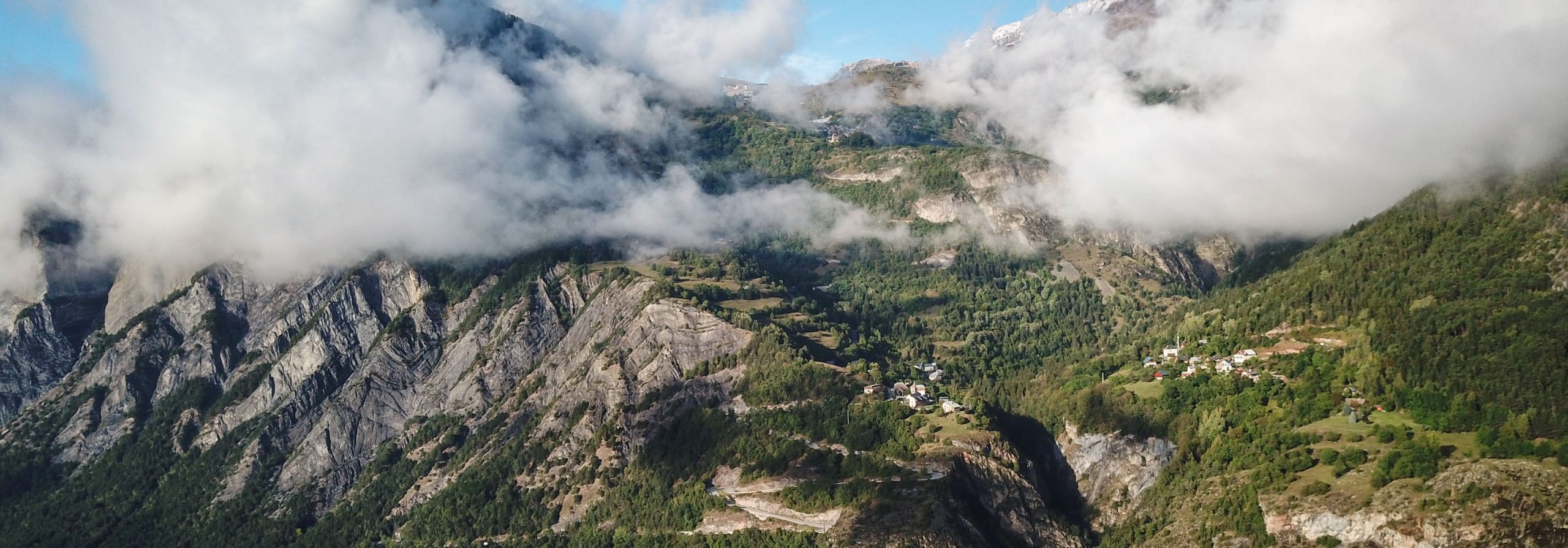
8. Alpe D’Huez, French Alps (Hannibal Tour – Stage 1)
Alpe d’Huez is a favourite climb among guides and guests alike. It brings with it a bit of friendly competition from the team, comparing our times up this iconic climb. Including 21 bends and 14km of climbing, it is shorter but no less gruelling than other climbs we do on tour. Starting with an average of 11%, you want to take it easy for the first 6 bends. It is not until closer to the summit that you get a relatively easier climb of 5-6% gradient” James Geen.
Climb Statistics: 14km, elevation 1120m, minimum gradient 5%, maximum gradient 11-12%

9. Mount Ruapehu -North Island, New Zealand (Maori Tour – Stage 2)
This climb is the only Hors Categorie climb in New Zealand and provides a fantastic challenge to riders on our Maori tour. It is a still-active volcano and in winter the biggest ski field the southern hemisphere. The climb itself is 17km with approximately 1000m elevation. The first 6km are fairly moderate, but don’t get too comfortable as from there the gradient climbs to above 10%.” Rich Mortiboys
Climb Statistics: 17km, elevation 1000m, minimum gradient approximately 5%, maximum gradient above 10%
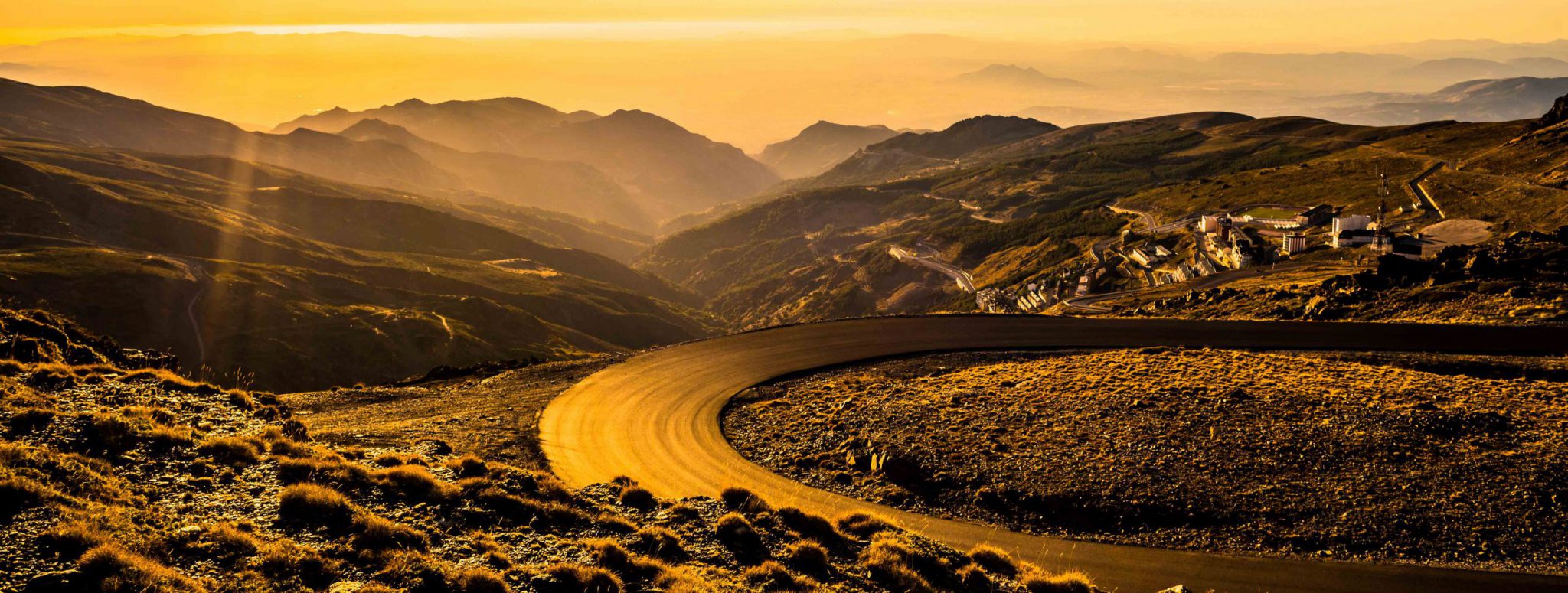
10. Pico de Veleta – Andalucia, Spain (Conquest of the Moors Tour – Stage 2)
Believe it or not, but the highest paved road in Europe is not found in the French or Swiss Alps, but in the Spanish Picos. This climb is an absolute beast and not one for the faint of heart. So for the Conquest of the Moors’ tour, we will only offer it as part of an optional ride. This climb is very long, very steep (in parts) and very high- all the elements that make up a true cyclist’s bucket-list climb. To reach the summit, you will need to ride 43km uphill, with an average gradient of 6.5%, with the final kilometres becoming steeper. You may also find the altitude making breathing a little more difficult, which only adds to the challenge. Dylan Reynolds
Climb Statistics (from Granada): 43km, elevation gain 2700m,average gradient 6.5%, maximum gradient 8%
